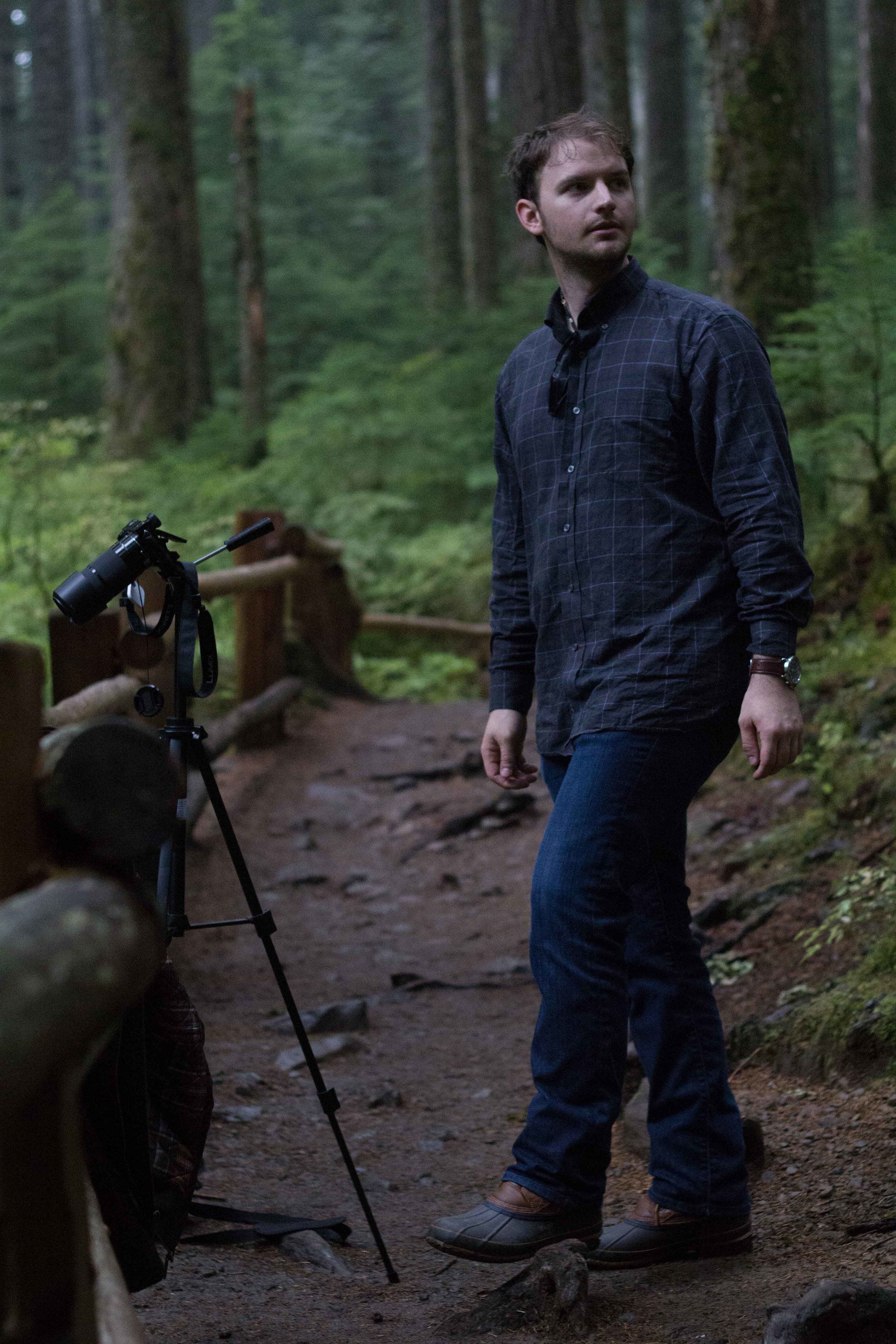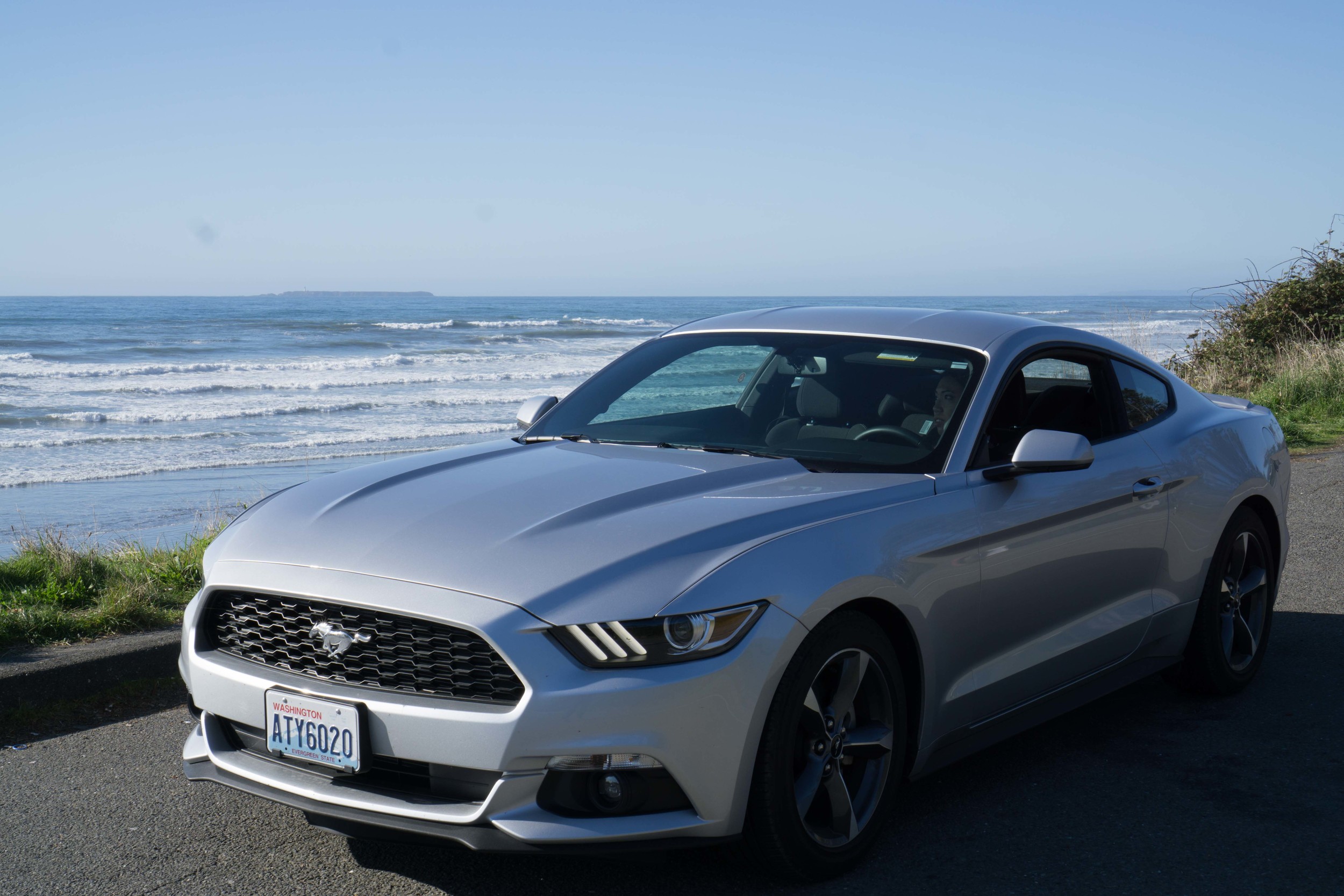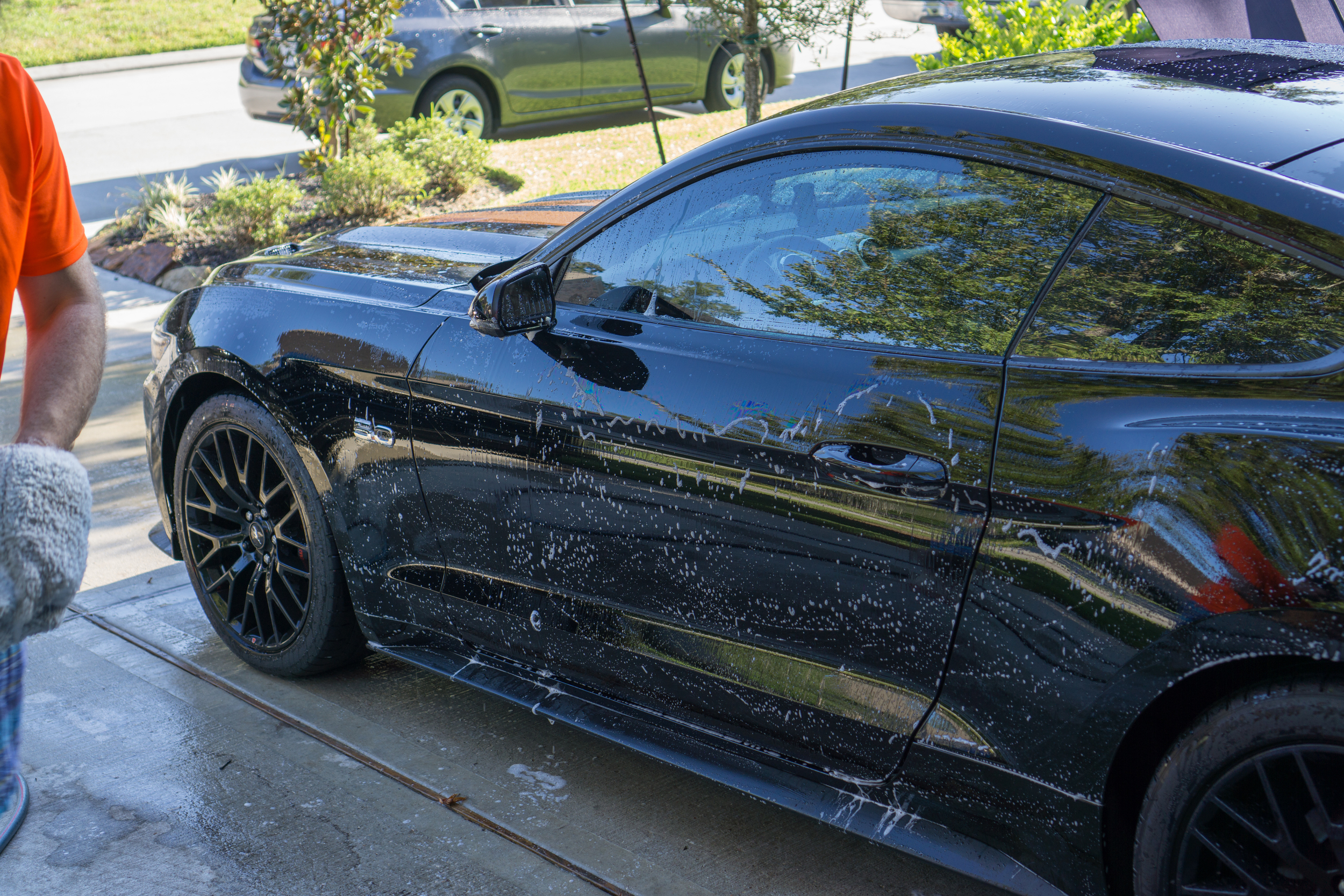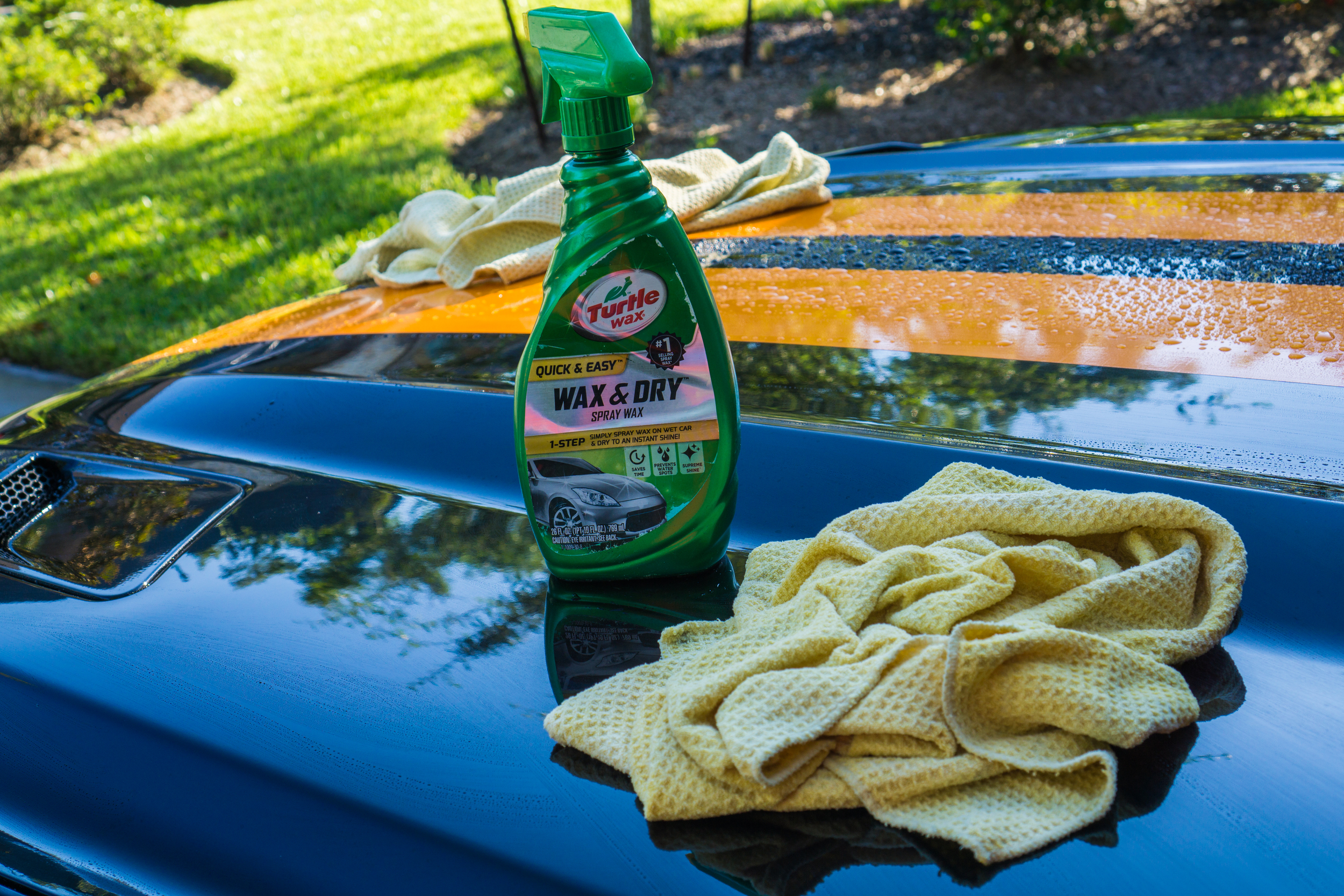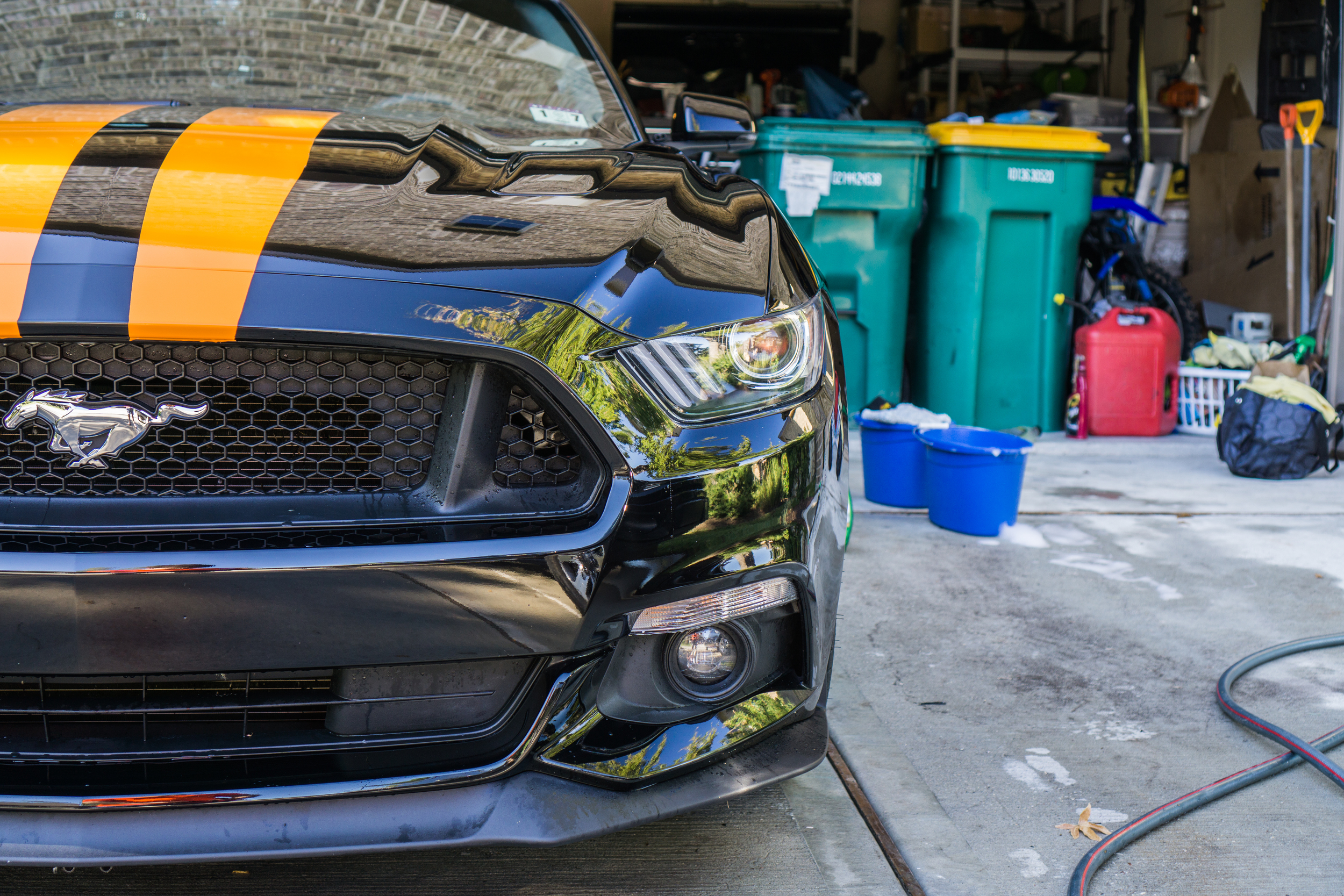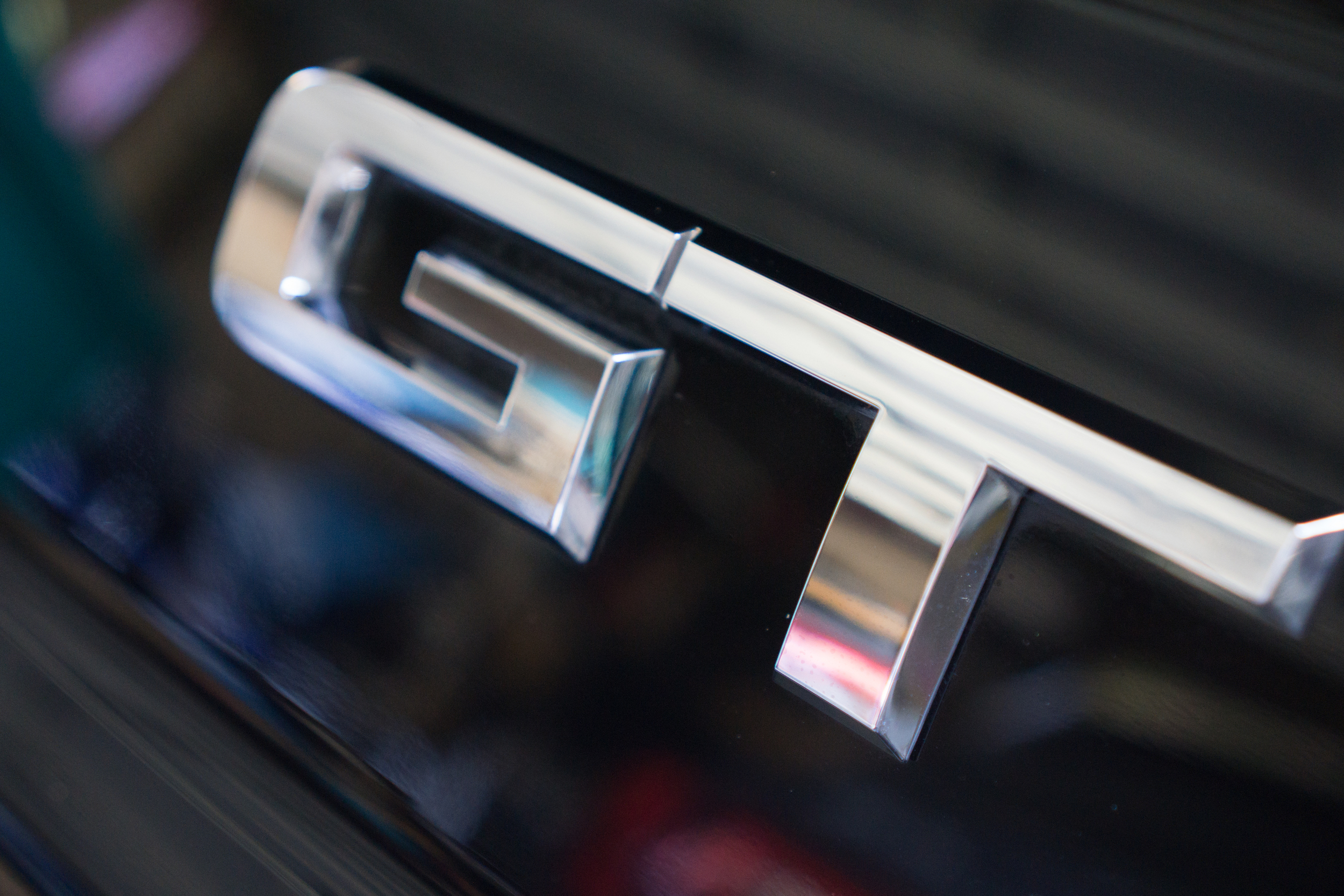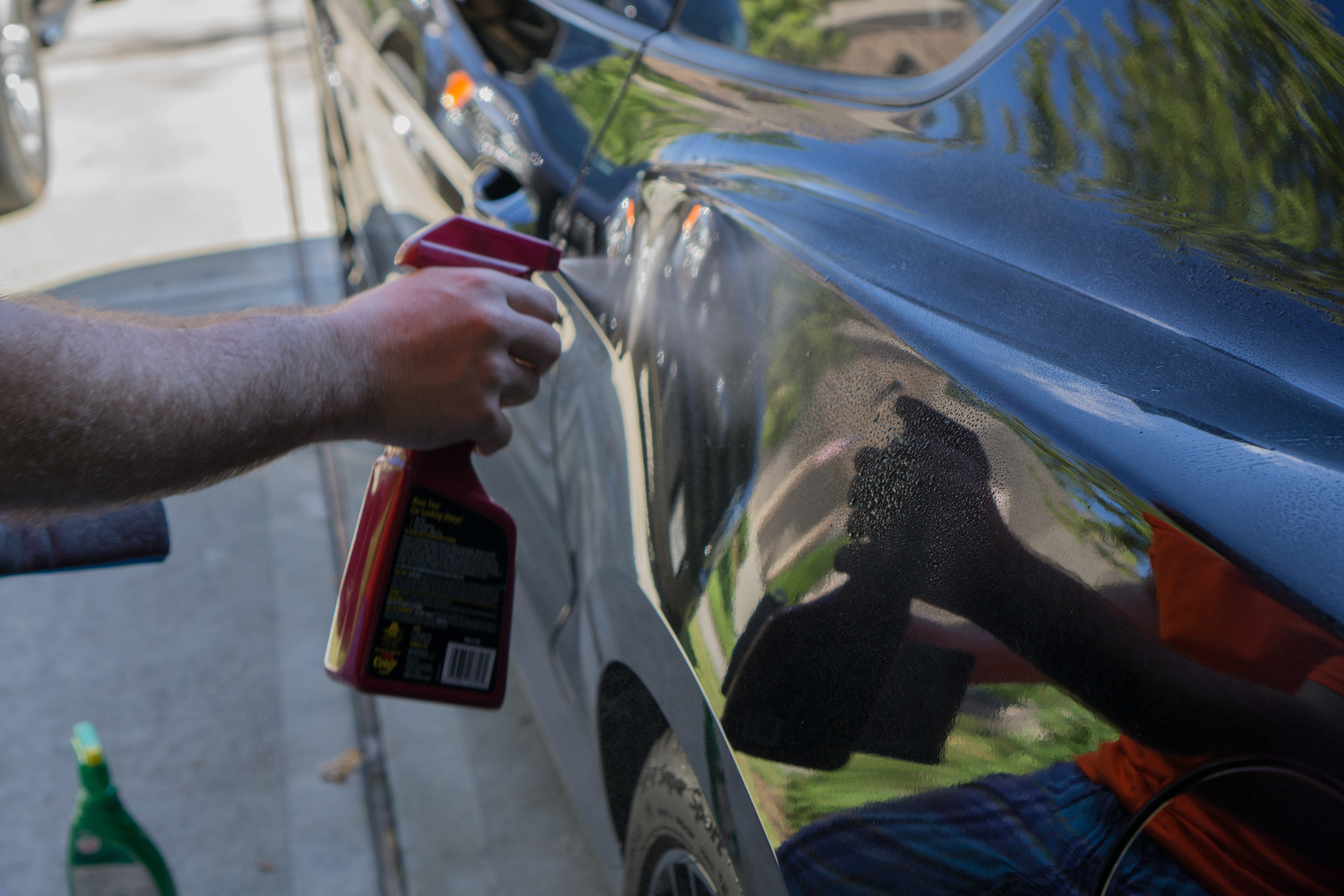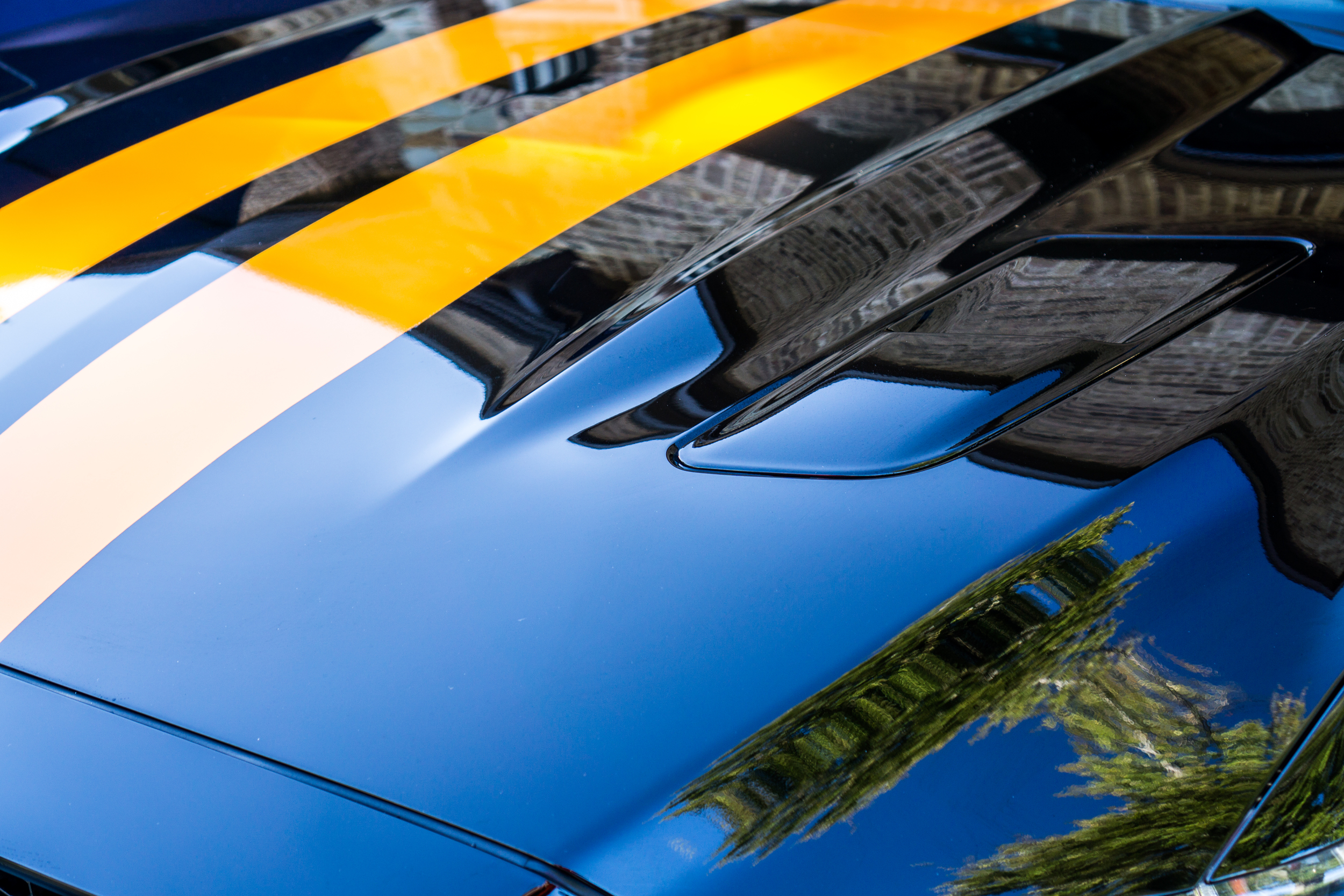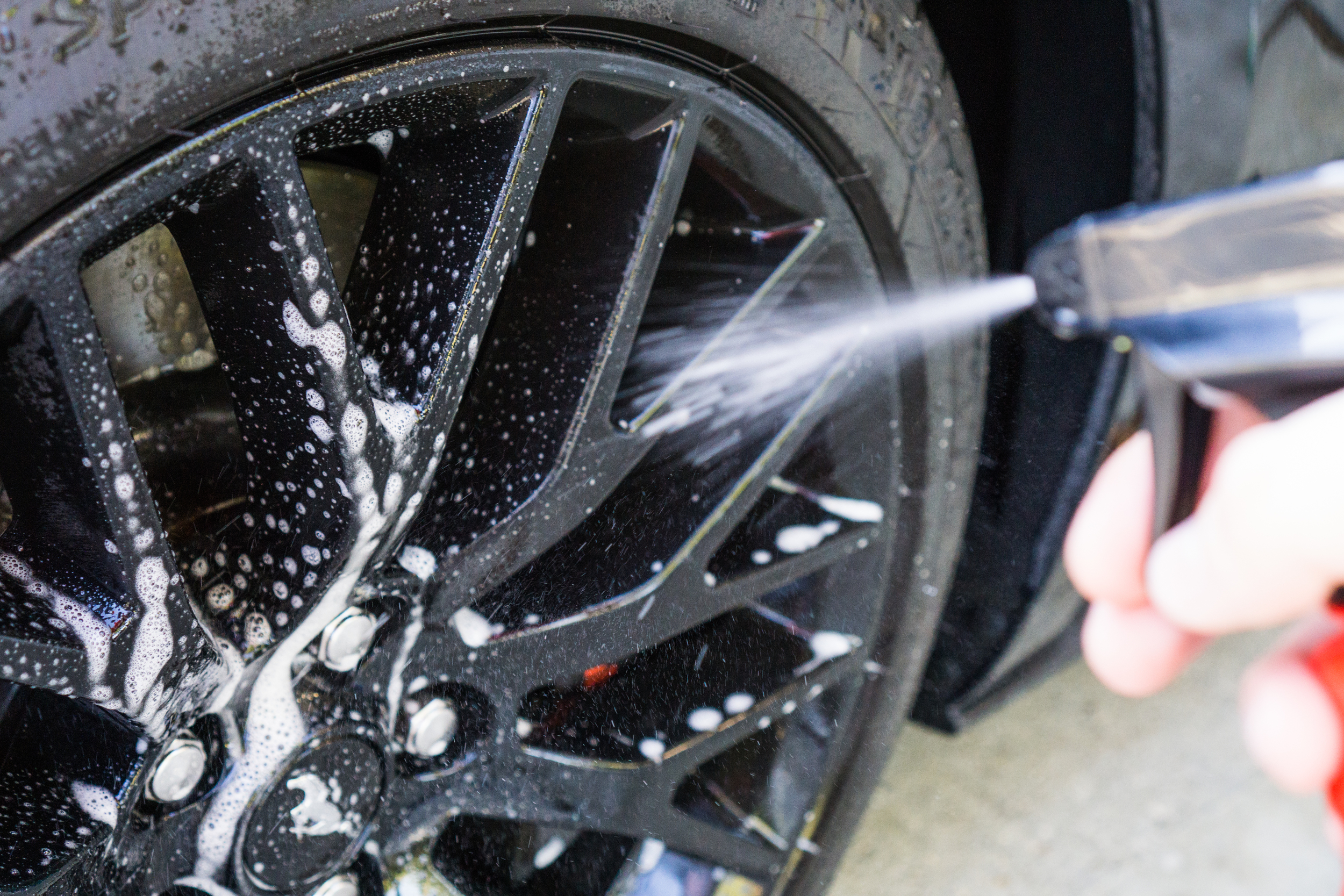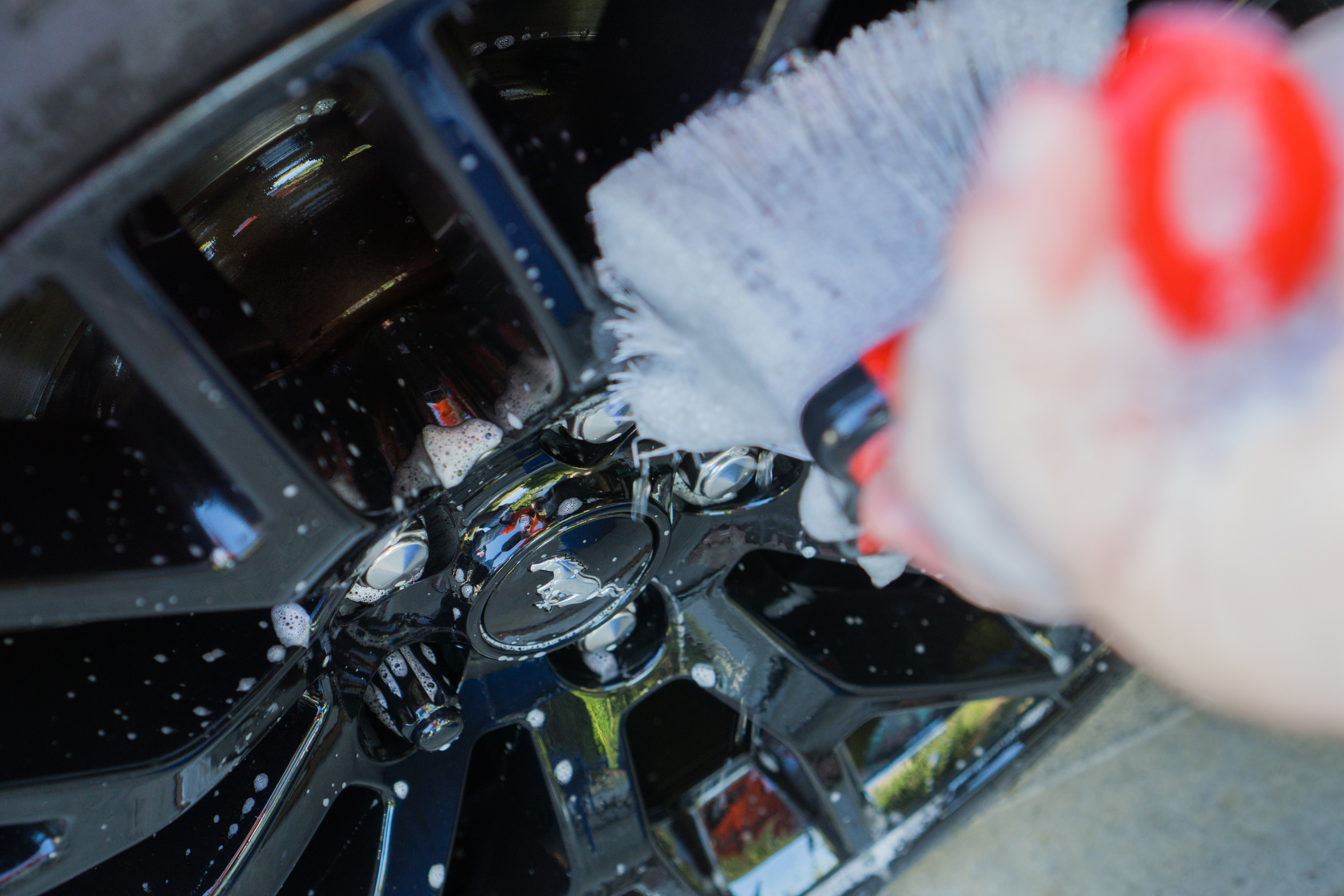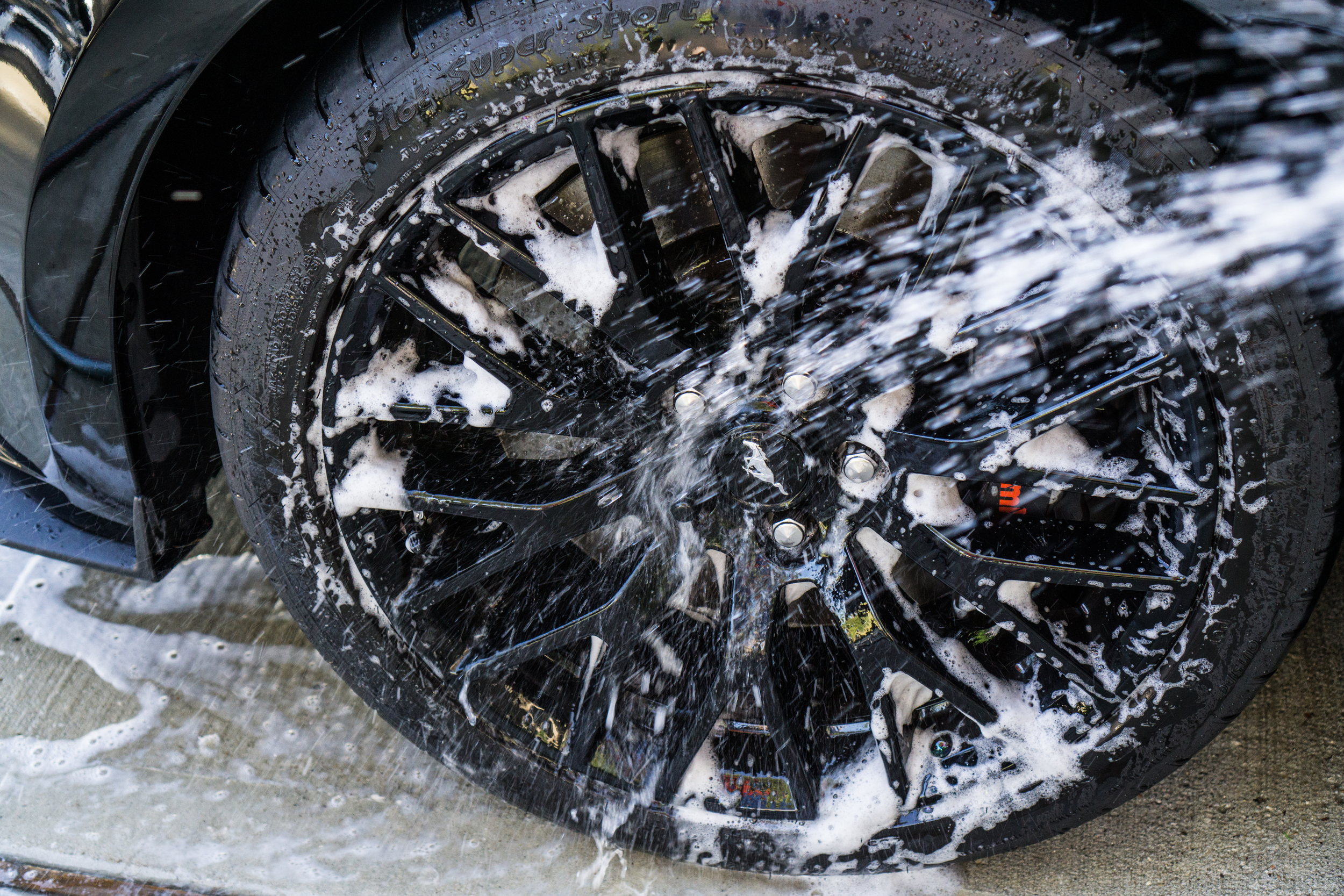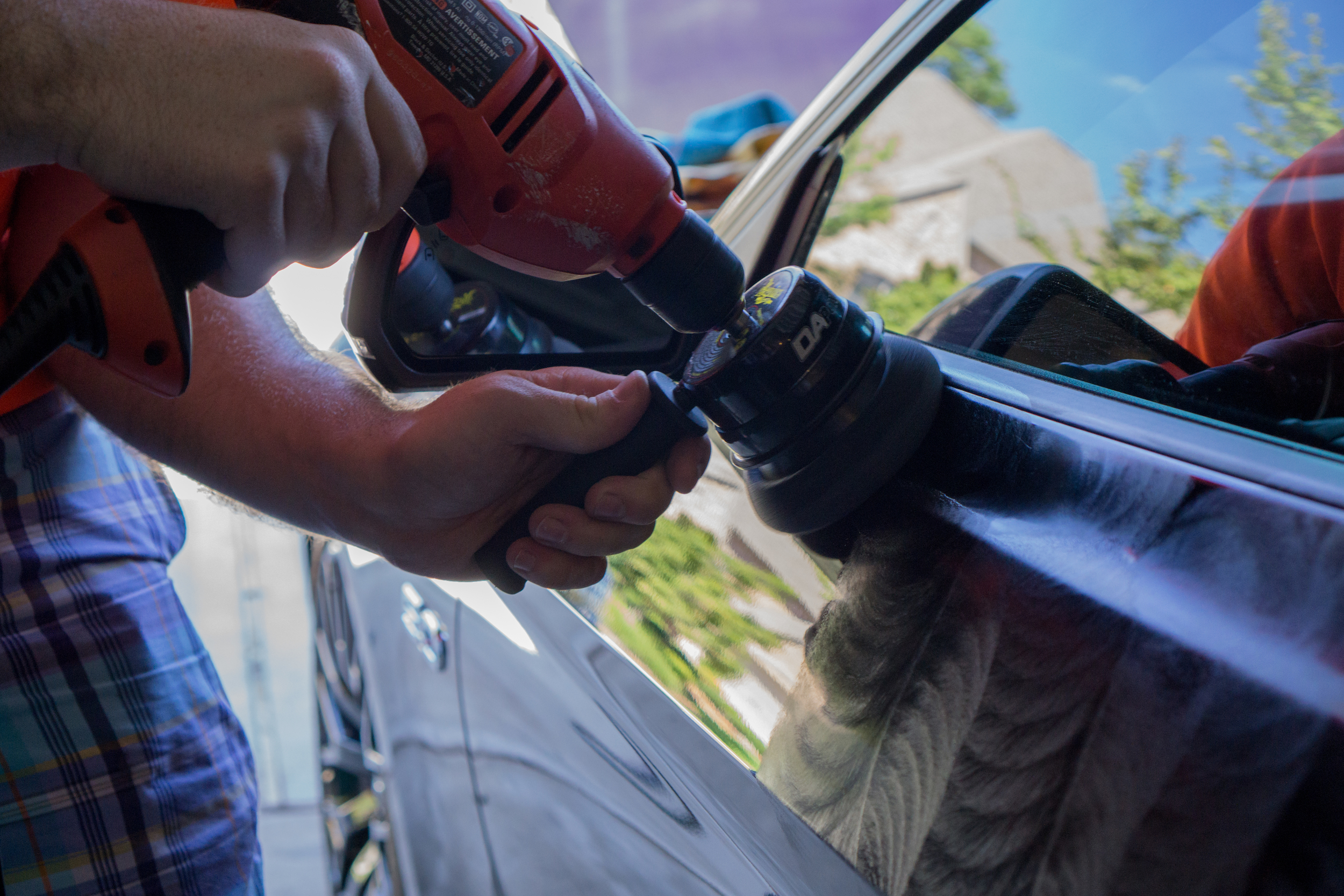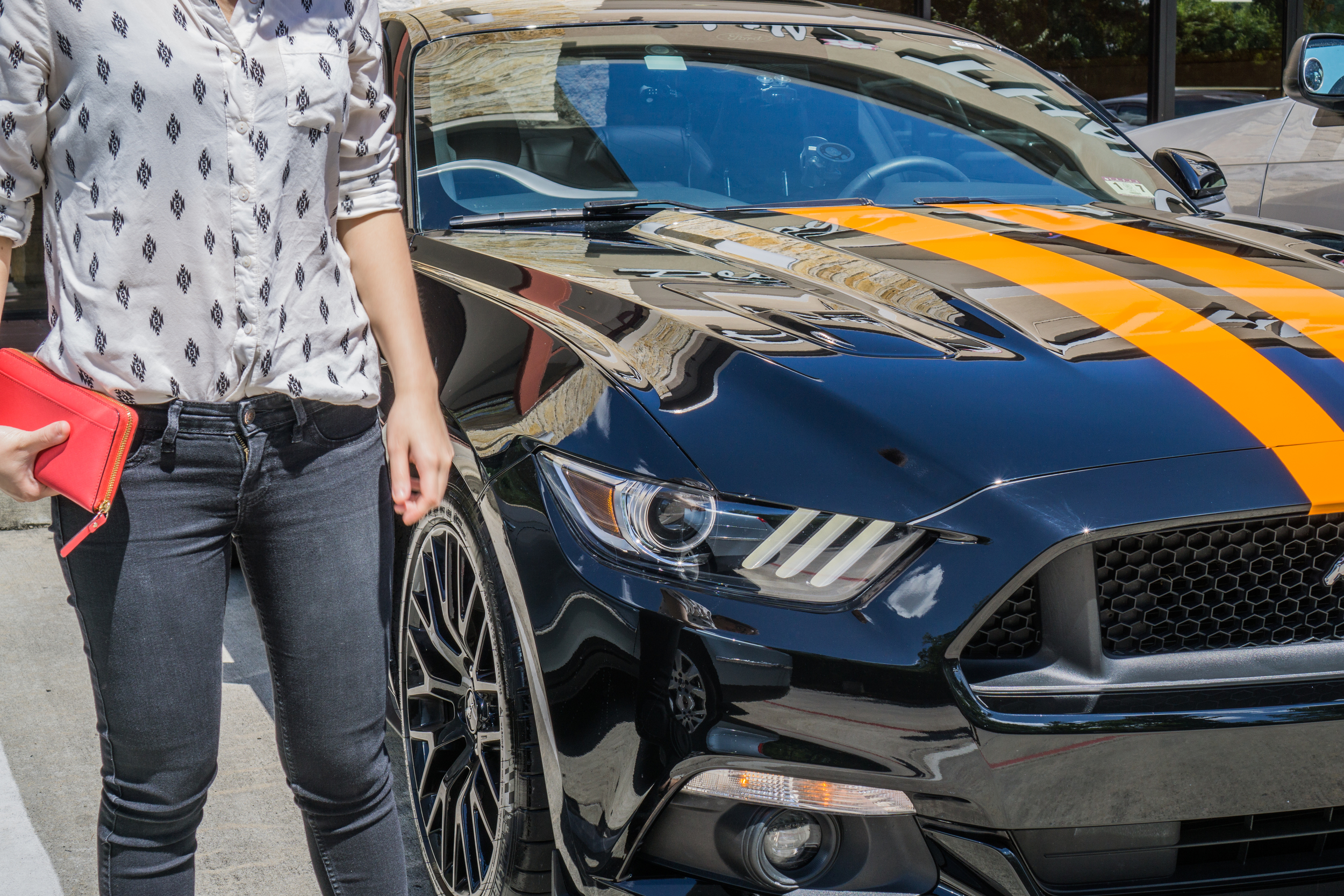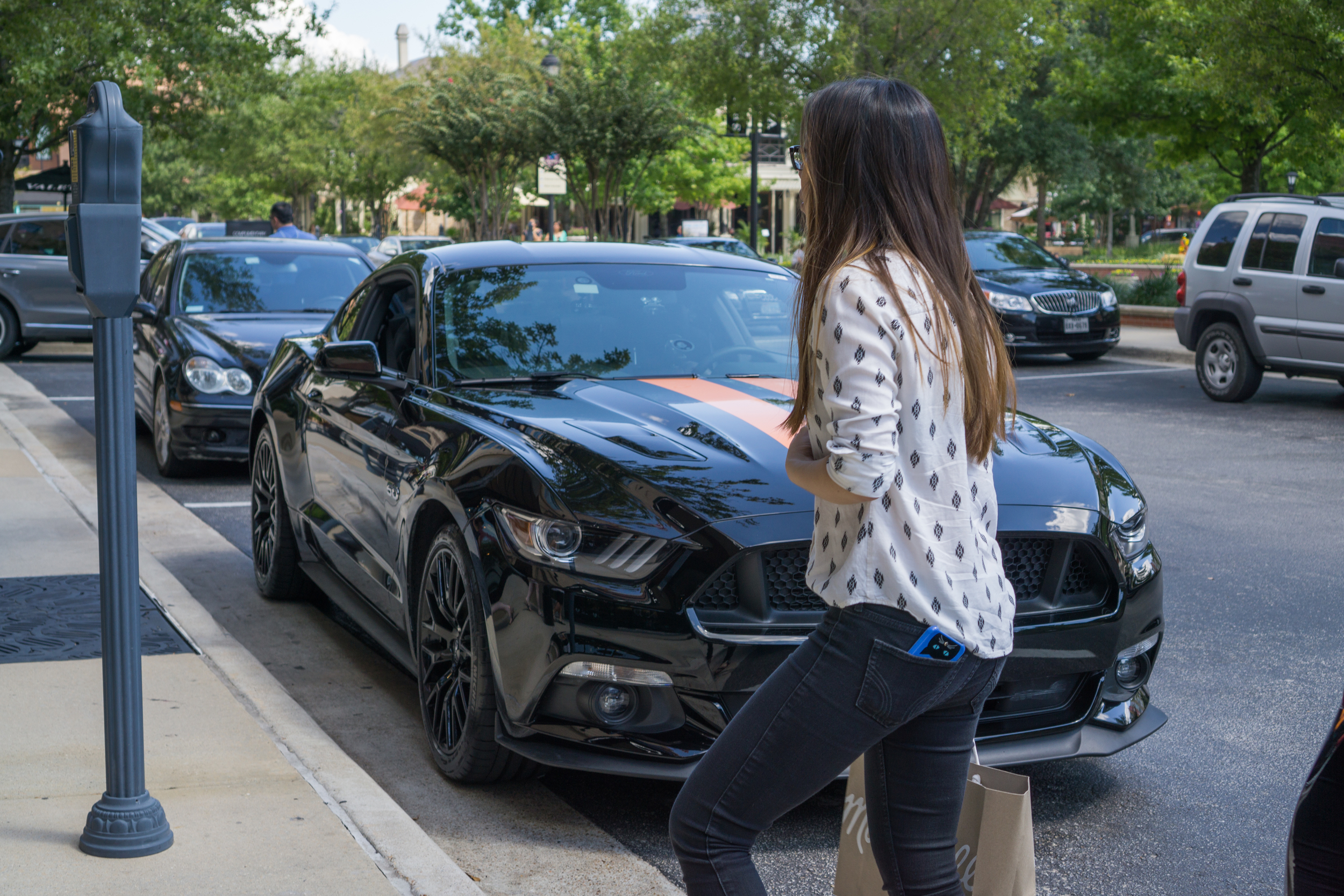Moto reviews are all the same. Manufacturers fly magazine editors out to some far-flung exotic location, greeting them at the gate with artisan beer before whisking them off to a comfy resort overnight. The next morning, the bikes are lined up, ready to ride, and the reviewers spend a day or two riding terrain that can only be described as ideal. At the end of the ride, the tired editors hand the dirty, abused bikes back, and then they fly away to write their riding impressions. The result: Every review is a summary of what you can expect from a bike on its best day in its favorite sandbox. Since bikes are all about compromise, lots of things that make them great on their best day - e.g. power, mass, comfort, sex appeal - work against them on the not-so-great days. In my opinion, every motorcycle review should be a long-term review and with that, let's talk about the dual-sport I've had for the last 3 years: Yamaha's WR250R.
First - cold, hard numbers: It costs $6,690 new (used examples go for $3,000-$5,000), it weighs 295lbs with a full tank and the seat is 36.6" high. It's powered by a water-cooled, fuel-injected 250cc single that puts out 24hp and gets more than 70mpg.
Though it looks and rides like a slightly pudgy dirtbike, Yamaha claims you can go 3,000mi between oil changes and 26,600mi between valve clearance checks. That's an incredible distance for a sub-300lb thumper. Yamaha's aggressive claims are substantiated by the experiences of many accomplished riders such as BigDog, who have covered tens of thousands of miles on cross-continental journeys using their WRRs. Make no mistake - this is as dependable and easy to maintain as motorcycles get. While you might not notice that on a day-long test, that reliability makes a big difference on long, difficult journeys.
So what's it like on good days? Pretty good.
It's light and tossable, without feeling like it's going to shake itself to pieces at speeds over 55mph. It has good ground clearance, and there are all varieties of street/dirt rubber available for the wheels, from pure dirt to supermoto. The suspension isn't what you'd pick for charging over rough terrain at Dakar speeds, but it strikes a good balance between being comfortable on the road and not a complete catastrophe on the trail. The upright riding position is comfortable and yields good visibility in traffic. Sadly, it's not available with ABS - but the brakes are very capable in any setting short of road racing (for which you should purchase oversized rotors and heavy-duty pads). The engine is as much as you can expect from a street-focused 250cc single; great power for casual trailriding and getting around town. The fuel injection is completely flawless at any reasonable temperature and altitude - the bike runs clean and fires up on cold days every time.
But if you want the good stuff, you could go read any other review. So let's talk about the crap that you notice after a few years.
First of all, don't expect 1200cc-class comfort on the stock bike. While vibrations from the little single are amazingly well-subdued, there's no wind protection whatsoever, and even I will admit the stock seat gets uncomfortable after a few hours. Aftermarket windscreens, seats etc. can help, but they can also add cost and bulk to your minimalist ADV, which would sorta defeat the purpose.
Stock, the engine takes a lot of revving to get into the powerband, and even with the sucker screaming at 9k RPM, you don't have a lot of oomph for passing after 65mph. Modest power gains can be made with more airbox/exhaust mods and ECU programming to match, but the bike will never punch above the 250cc class in a straight line.
It's also not a great-looking bike, somehow straddling retro and futuristic without being either. The design was high-tech for the mid-2000s. It comes across as a little lazy, particularly on a premium-priced bike. The chassis is a hand-me-down from the old WRF dirt bikes, and the engine is derived from an R1 superbike. Those platforms have gotten substantial refreshes over the last decade to make them sharper, more capable, more fun to ride and easier to look at. It's too bad that Yamaha hasn't been sufficiently motivated to develop this bike into something stronger. Solely using parts off their shelves, they could wedge a newer motor into a more compact frame with correspondingly updated suspension.
Maybe Yamaha has sat on their laurels for eight years because their rivals are pretty pathetic. Below are the comparable bikes that I've ridden:
The most direct threat is probably Honda's CRF250L. It too is a great all-purpose lightweight ADV mount, with a torquey (but less powerful) motor borrowed from a CBR250. On the road it's more comfortable but in the dirt it feels noticeably pigglier than the WR250R. The CRF's shorter and softer suspension is also more likely to get flustered when tackling trails at anything quicker than casual trailriding. That said, a brand new CRF is almost $2k cheaper than a WRR, leaving a lot of headroom for upgrades.
Kawasaki has their KLX250S, which could trade punches with the WRR if only it were fuel injected in the USA, like it is in the rest of the world. It also plays the cheap card, at more than $1k less than the WRR.
Hailing from Austria, KTM makes a factory plated 350 EXC which is lighter, more powerful and more race-ready than the WR250R, but it sacrifices long maintenance intervals and other road-oriented features, and it costs close to $10,000 for a dirtbike. Yikes.
Most would consider KTM's 690 Enduro R to be direct competition for the little WRR, and sure enough you'll find plenty of former WRR riders aboard 690s (myself included). The 690 weighs around 340lbs fully fueled - 100lbs less than most 600cc+ adventure pigs, but about 50lbs more than a WRR. On top of its weight, it's more expensive ($10.3k MSRP), somewhat more difficult to keep running, and parts for it are priced 2-5x higher than the equivalent WRR equipment (blame spend-happy 690 owners shoring up those prices). On the other hand, the 690 is sublime to ride on any trail or any road in a way that the WRR can only aspire to, which I will explore in more detail in a later post.







































